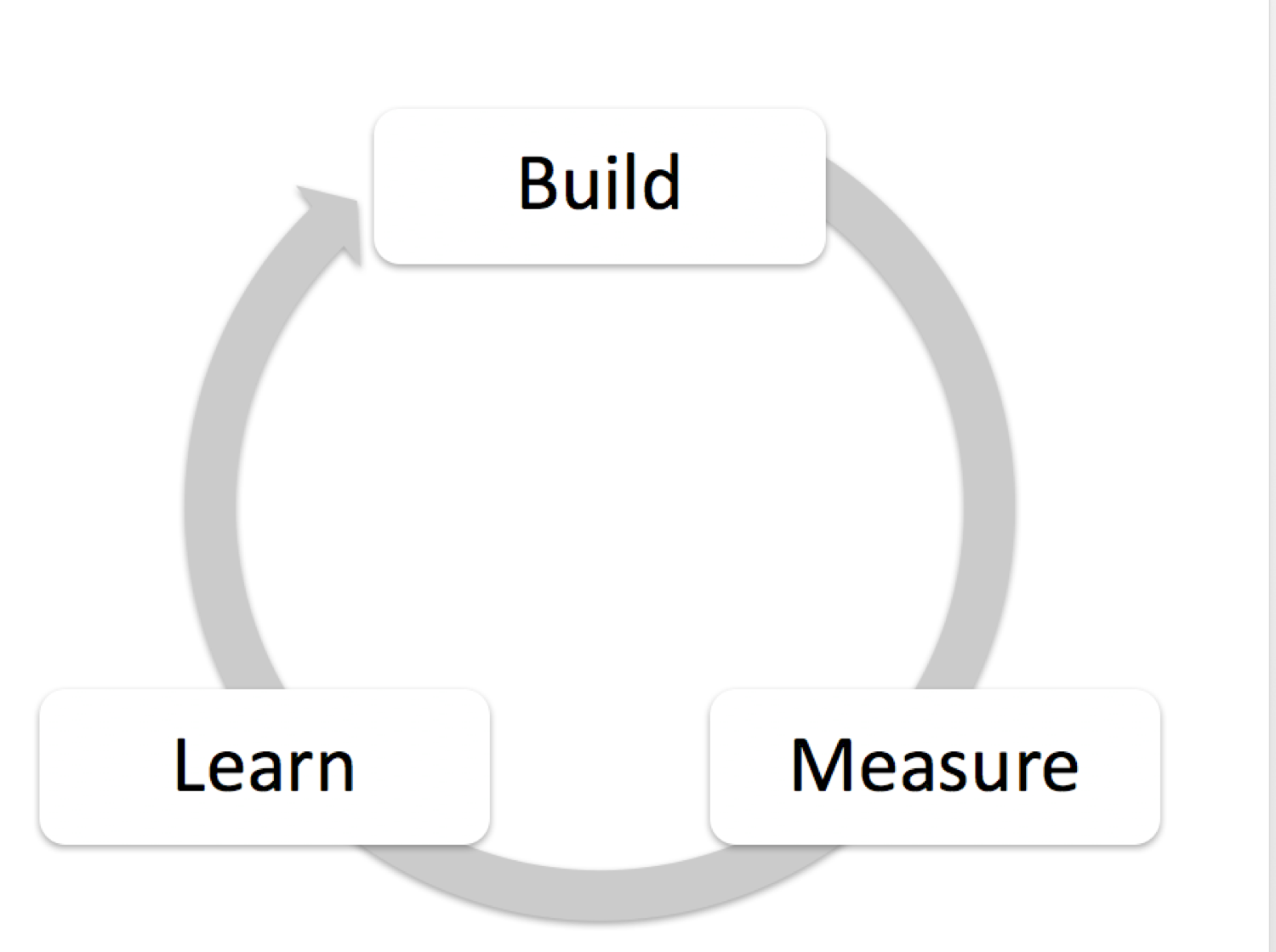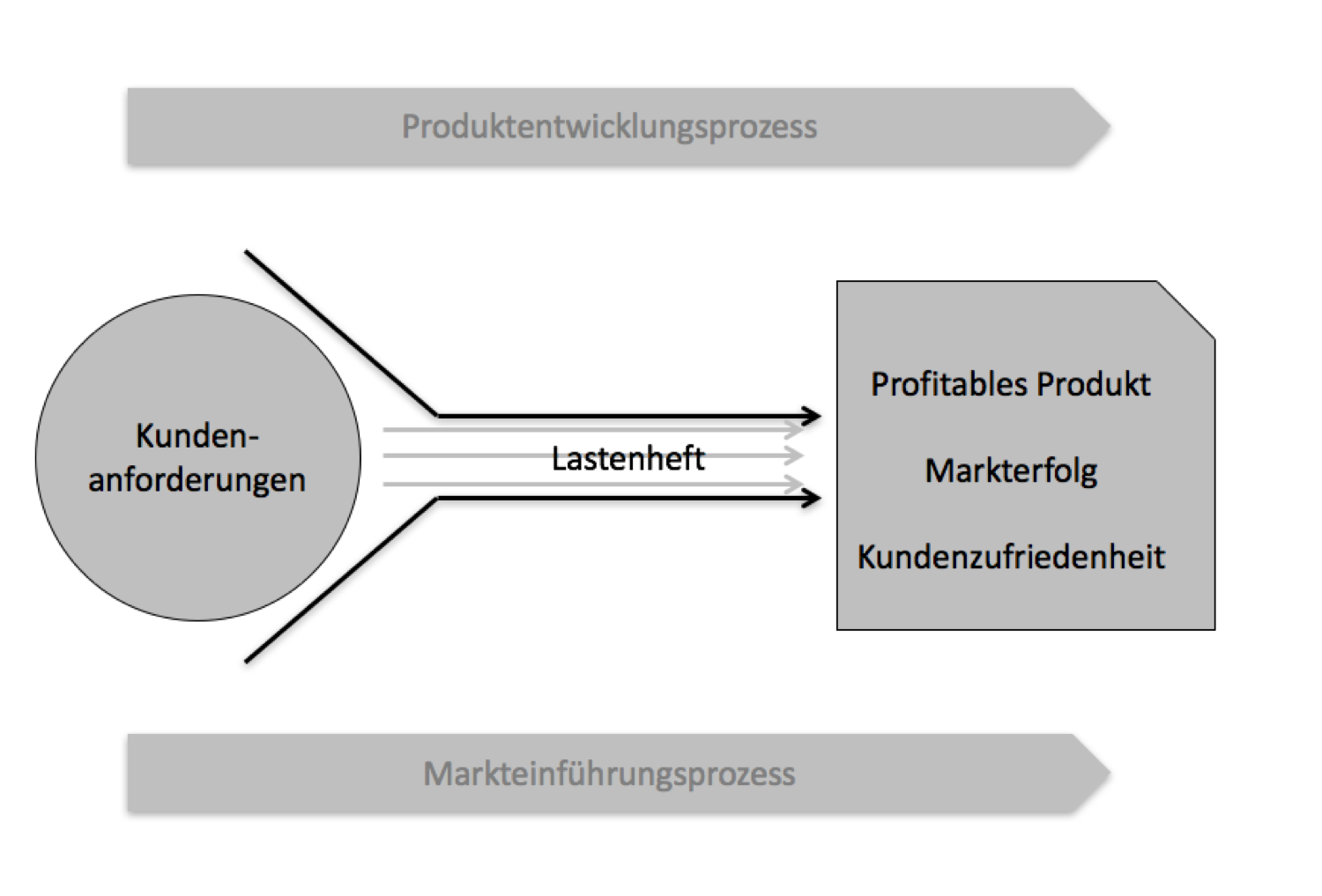In the context of rapid technological change, especially in the field of automation and information technology, as well as the ever increasing networking of man and machine, the Industry 4.0 before major socially relevant challenges. Challenges that can only be met with innovative, agile methods. Specifically: On the one hand, the development phases for new products must be kept as short as possible, on the other hand, there must be a high degree of permeability for feedback, which, in combination with agile research and development, can quickly respond to any necessary changes in the market and society.
Lean startup

As early as 2011, Eric Ries showed in the illustration above that precise future planning for a product is no longer possible. Rather, today’s times require a quick release of the respective product in order to be able to collect data after the market launch that can flow into the further development of the product. Before the release, on the other hand, you can only make assumptions, which may result in significant additional effort in rework.
Product development

As part of my research, I ask what modern and agile product development looks like today. Have the agile lean startup methods, which Ries first mentioned in his blog in 2008, already found widespread use or companies are still working with specifications and a pronounced advance development.
Business model innovations

Gassmann et al. (2013, p. 6) illustrate how few product innovations manage to establish themselves on the market today. It is easy to read from the book that Industry 4.0 models for companies can be the key to sustainable, successful innovations.
Agile product development: incremental and iterative
The principles behind more agile Product developments are as increments and iterations. But what exactly does that mean?
She says about iterations Scrum Academy : In an iterative process, improvements are made gradually. If a team determines that a system is not yet finished or not good enough in some areas, it improves these points step by step until the product is satisfactory. With each iteration, adding more details improves the software. The Scrum Academy names sculptures as an example, in which the sculptor first roughly works on the head and body and then slowly works on the details.
On the subject of increments, the Scrum Academy says: In an incremental process, software is developed and delivered in individual parts. Each of these parts – or increments – represents its own complete functionality. The size of the respective increments is completely irrelevant. Furthermore, the Scrum Academy complements the example of the sculptor: A sculptor who works incrementally will concentrate on part of his work until it is completed. These can be small increments (first the nose, then the eyes, then the mouth, etc.) or large increments (head, torso, legs, arms).
[werbung] Verwendete Quellen anzeigen
Gassmann, O., Frankenberger, K., & Csik, M. (2013). Develop business models . Munich: Hanser Verlag.
Ries, E. (2014). Lean startup . Munich: Redline Verlag.



